
In Thailand, silkworms have been farmed for their silk cocoons for centuries to make luxurious fabrics and clothing. Now, university spin-out EngineLife wants to use silk fibroin, a protein extracted from silk fiber, as a drug carrier for medicines. It's not the first time scientists have turned to insects for inspiration: look through the gallery to see more.
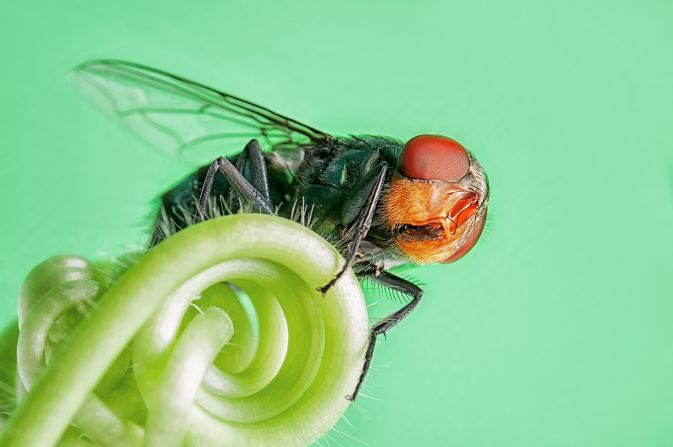
Also known as medical maggots, common green bottle fly larvae have antibacterial properties that have been used for wound healing in traditional medicine for centuries. Recent studies have shown that the larvae can accelerate wound healing and disinfection. Slightly larger than a house fly, the common green bottle fly is found in most areas of the world.
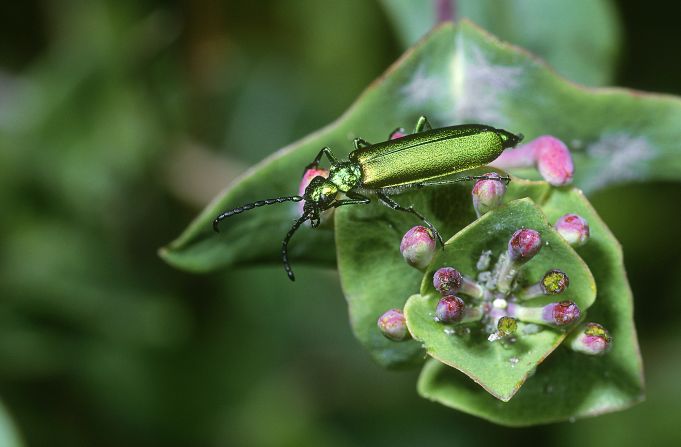
The Spanish Fly, an emerald-green blister beetle found across Europe and Asia, secretes a poisonous substance called cantharidin which can be used to treat the viral skin infection molluscum contagiosum, which causes itchy bumps. The substance is the active ingredient in YCANTH, a topical treatment. Cantharidin has been used in Asian medicine for the same purpose, and is being explored as a possible cancer treatment.
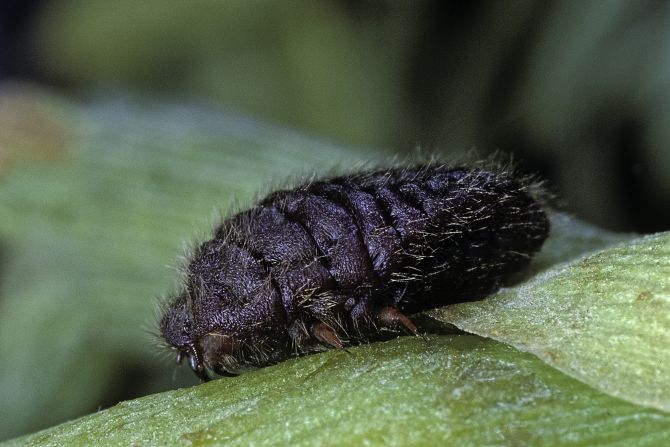
Cochineal insects are tiny, soft-bodied insects that live on prickly pear cacti in South America and the southwest United States. They produce carminic acid, which research suggests could be provide protection against fructose-induced kidney injury. The scarlet-colored female cochineals are also used to create carmine, a red pigment used as a dye for foods and pharmaceutical products. Around 70,000 insects are used to make a single kilogram of dye.
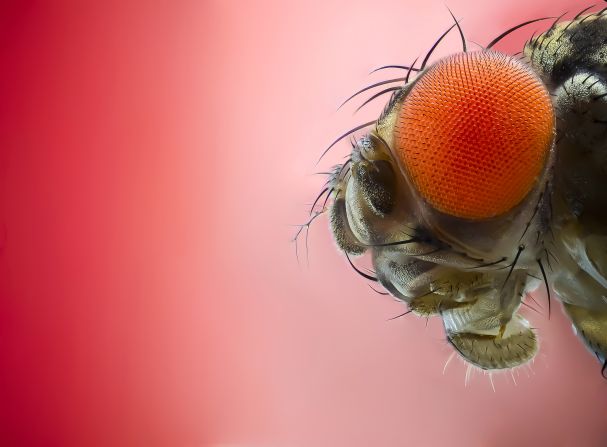
Research into fruit flies has greatly improved scientific understanding of innate immunity, the body’s first line of defense against harmful materials. The discovery of the toll gene – a gene central to mounting antimicrobial responses in fruit flies – and the consequent research on innate immunity in mammals earned Bruce Beutler and Jules Hoffmann the Nobel Prize in Physiology or Medicine in 2011. Fruit flies, whose short life span of around seven weeks allows for quicker tracing of multi-generational development, have also been in other medical research, including cancer.
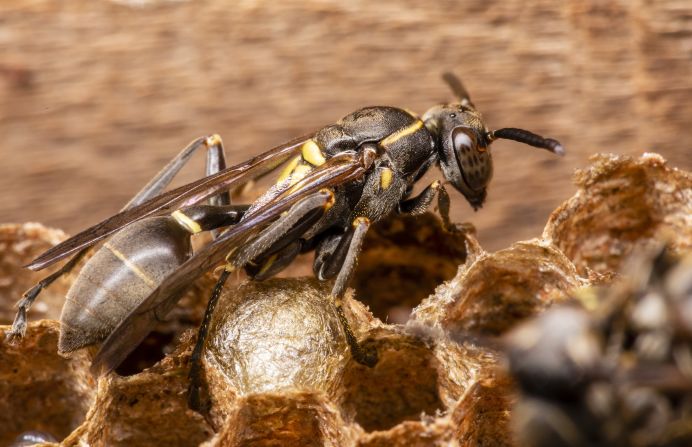
Polybia paulista, a South American wasp that gets its name from the region of São Paulo, Brazil, where it is especially prevalent, was found in 2015 to produce venom that contains a cancer-fighting ingredient - a toxin that kills cancer cells without harming normal ones. Experts say more work is needed to determine whether it has potential as a treatment. The wasp also produces a variety of toxins that can cause severe allergic reactions.
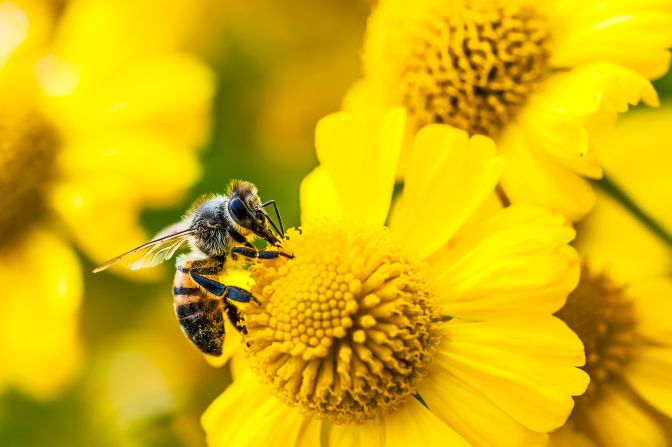
Honey from bees has long been used as a traditional treatment for wounds: its therapeutic potential was first recognized by the Sumerians as long ago as 2000 BC. Manuka honey, made from plants indigenous to New Zealand and coastal Australia, has been FDA-approved in the United States to treat wounds since 2007. Honey used specifically for medical purposes tends to be sterilized and more effective than grocery store honey, and can be combined with antibiotics. It contains properties that prevent and limit bacterial infection and an enzyme that helps damaged tissue healing.
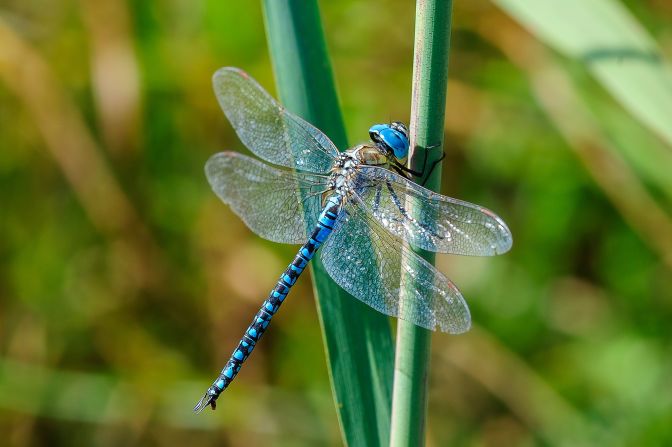
Inspired by the antimicrobial properties of dragonfly wings, researchers at the Royal Melbourne Institute of Technology created a titanium surface designed to destroy fungus. The research – which is based on the idea that the structure of many insect wings can physically rupture microbes – could be important in reducing the spread of hospital-acquired infections.





